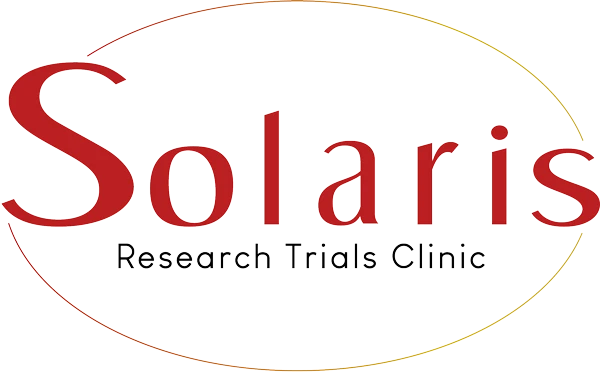
From volume based to value based care. This is what we hear. This is what we wish for our patients, this is what we want for our loved ones, for ourselves. Why then is it not happening?
Today I am going to blog about reimbursement of diagnostic tests in the USA.
I believe reimbursement can accelerate adoption of precision medicine.
First I am going to discuss what is out there, then how we can get there.
Molecular, Digital utilization is making personal healthcare possible, bringing benefits to patients.
Personal healthcare is believed to be:
– more valuable
– more efficient
– more effective and
– will have more impact on patient lives.
However, our system is still based on general healthcare. Will our system be ready to make the shift to personal healthcare? Well, I dare to write, it’s not about IF it’s possible. It’s about WHEN it will be possible.
Agree, the current reimbursement coding (CPT) is NOT ready for this paradigm shift. For digital pathology the category III codes were implemented last January as add ons. This is a great 1st step, an intermediate to prepare for this leap. Very recently, another 30 CPT codes related to Digital Pathology have been announced for implementation in 2024.
These category III codes have no value linked to it yet. If there is no $$, it is more difficult to get ROI, and therefore investment is limited. This in turn slows down the implementation of digital pathology (DP). If there is no adoption of DP in clinic, this will limit the use of DP diagnostic tools to support treatment decisions, and stagnates its use.
What we forget in above, is that digitization will open doors, it will allow the application of innovative AI. It is believed that ultimately, this will lead to multi modal analysis of omics. This helps labs and pathologists expand their network of brainpower through greater access to information, second opinions and subspecialist expertise. This could in its turn lead to better diagnoses and with it optimized patient management.
This is value based care, focused on clinical utility. However, we should not forget to evaluate the value and efficacy of diagnostic tests. The economic utility is closely related to clinical utility. We should realize that the Centers for Medicare & Medicaid Services (CMS) do not consider cost in making Medicare coverage decisions, but private insurers often do. With this, we do see that there might be great advantages with innovative devices, but when they cost significantly more than existing options, they may be less viable in the real world. Therefore, we have to approach this holistically. We have to look at the entire value of DP.
The old codes for analogue pathology need to make place for enabling new way of working, i.e. going DIGITAL in pathology. Addons stacking is not the answer, as it likely will not cover all DP costs, for example, will it include who checks the pre analytics such as if barcode is placed well or that the coverslip doesn’t stick out.
I believe that industry should consider getting private payers involved at the inception phase of clinical study design for a clinical utility study. In this way, the payers have the opportunity to learn what the added value is and even more important, can comment on and guide clinical AND economic utility validation. When we have access to evidence early and get proper related valuation, it will drive usage and inherently adoption enabling precision medicine.
This is why I believe reimbursement can accelerate adoption of precision medicine.
My call to action to users of DP is:
Implement the current CPT codes to show widespread adoption
My call to action to industry is:
Create the evidence to show DP has clinical and economic utility by involving payers at the inception phase when developing the clinical study design.



